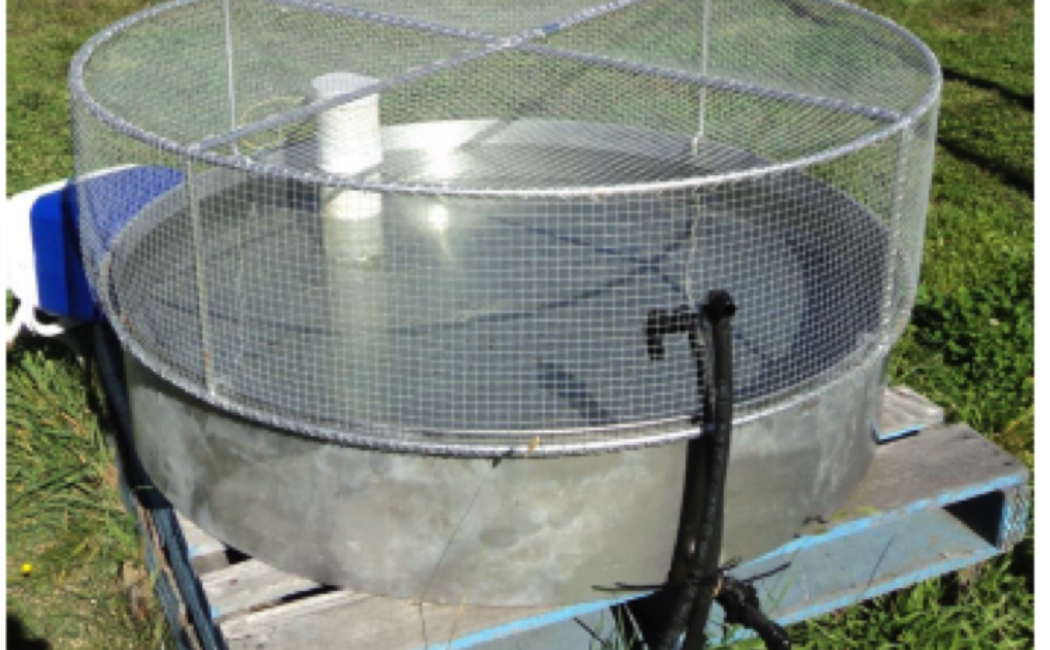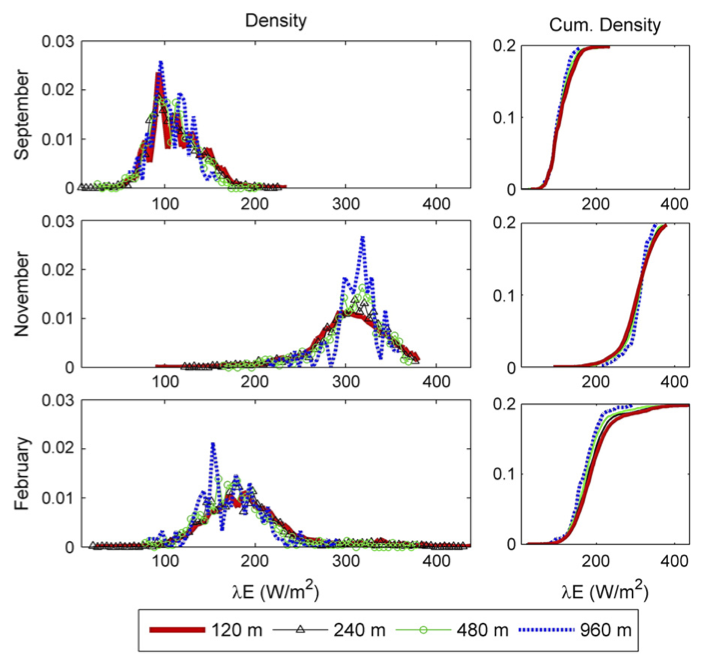
The HALO Group undertake cutting edge research in both the measurement and modelling of evapotranspiration. These activities range from determining the irrigation water requirements (and use) of agricultural fields to describing the global scale distribution and pattern of latent and sensible heat fluxes. We use a range of modelling and measurement approaches to do this, further details of which are provided in some of the links below:

Global intercomparison of 12 land surface heat flux estimates (external link to Jimenez et al. 2011)
We have recently published some research examining the role of input forcing uncertainty in heat flux estimation, using a novel Bayesian Inference Technique to describe model uncertainty and error. See Ershadi et al (2013) “ A Bayesian analysis of sensible heat flux estimation: quantifying uncertainty in meteorological forcing to improve model prediction” in Water Resources Research.
